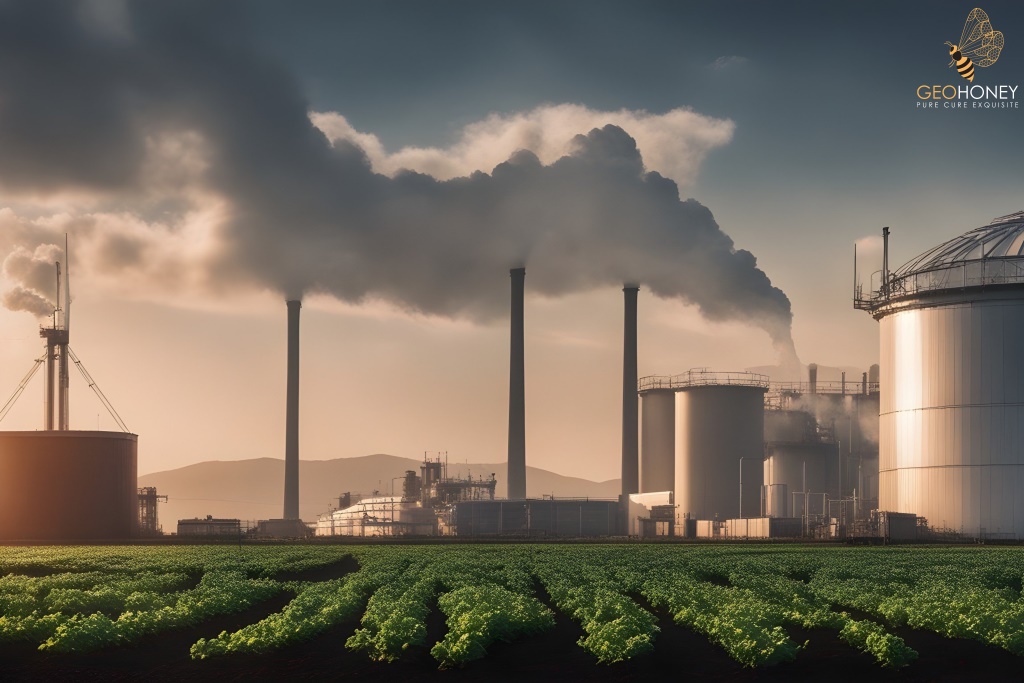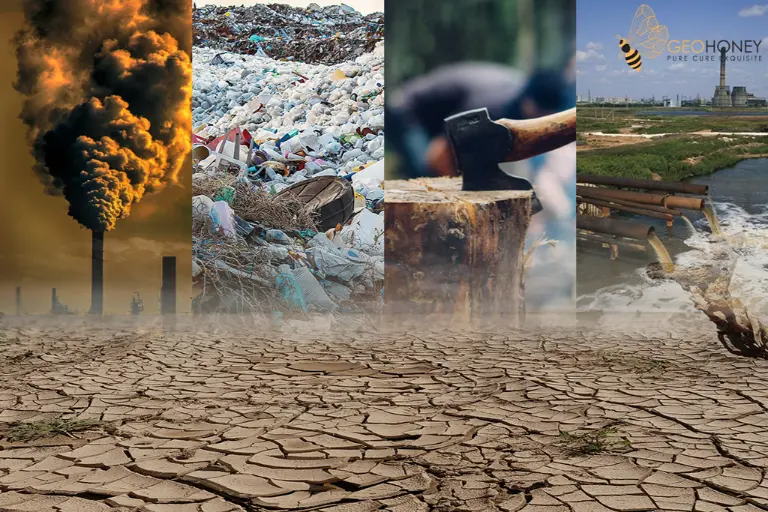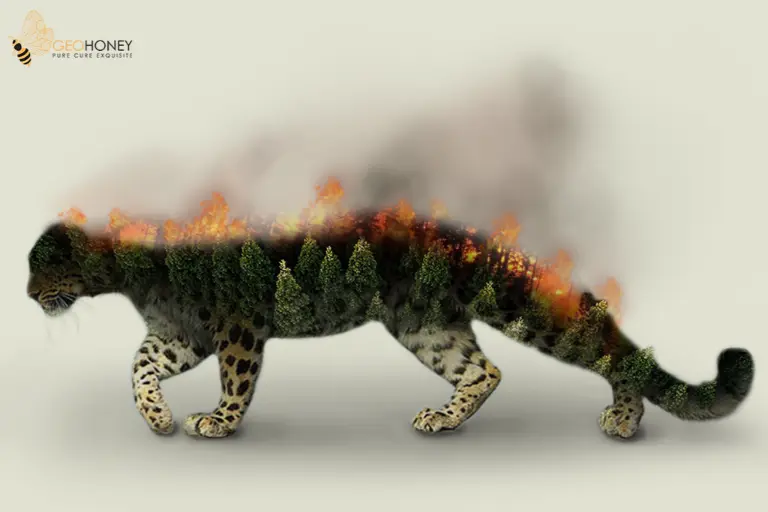- Tokyo: 14:35
- Singapore: 13:35
- Dubai: 09:35
- London: 05:35
- New York: 00:35
How Your Food Choices Are Contributing to Climate Change

According to a recent study, the global food system contributes one-third of man-made greenhouse gas emissions, with beef and dairy being big culprits, particularly in quickly growing countries. The researchers emphasise the importance of mitigating these emissions for climate action, and they propose that shifting to plant-based diets could help lower emissions and related health hazards.
Climate change mitigation efforts will be insufficient until we reduce greenhouse gas emissions from the global food system, which accounts for one-third of all human-generated emissions, according to a recent study. According to the study, beef and dairy consumption in quickly emerging countries such as China and India are the largest contributors to rising emissions in food supply chains.
Meanwhile, per capita emissions in developed countries, where diets already contain a significant proportion of animal products, have decreased.
According to the United Nations, an additional 70% of current food consumption will be required to feed the world's expected population of 9.1 billion by 2050.
An international consortium of scientists led by the Universities of Groningen and Birmingham published their findings in the journal Nature Food, claiming that global population growth and increased demand for emission-intensive food are projected to increase emissions even further.
"A global shift in diets, including reduced red meat consumption and increased plant-based protein consumption, will not only reduce emissions but also avoid health risks such as obesity and cardiovascular disease," said corresponding author Prof. Klaus Hubacek of the University of Groningen.
"The agrifood system drives global land use and agricultural activities, contributing to around one-third of global anthropogenic greenhouse gas emissions," said Dr Yuli Shan of the University of Birmingham. Population growth, increased food production, and a shift towards animal-based diets are all projected to raise emissions and strain the global carbon budget.
"Mitigating emissions at every stage of food supply chains from production to consumption is critical if we are to limit global warming," said Yanxian Li, a PhD student at the University of Groningen. However, widespread and long-term dietary changes are difficult to achieve fast, therefore incentives that encourage people to eat less red meat or choose products with higher environmental benefits could help cut food emissions."
Researchers examined data linking emissions to consumers between 2000 and 2019, discovering that food consumption in the five highest emitting countries, China (2.0 Gt CO2-eq), India (1.3 Gt), Indonesia (1.1 Gt), Brazil (1.0 Gt), and the United States (1.0 Gt), accounted for more than 40% of global food supply chain emissions in 2019.
Over a 20-year period, annual worldwide GHG emissions connected with food grew by 14% (2 Gt CO2-eq). The significant growth in consumption of animal-based products contributed to over 95% of the global emissions increase, accounting for nearly half of total food emissions. Beef and dairy accounted for 32% and 46% of the rise in worldwide animal-based emissions, respectively.
Grain and oil crop consumption account for 43% (3.4 Gt CO2-eq in 2019) and 23% (1.9 Gt CO2-eq) of global plant-based emissions, respectively, while rice accounts for more than half of global grain-related emissions (1.7 Gt CO2-eq), with Indonesia (20%), China (18%), and India (10%) accounting for the top three contributors.
Soybean (0.6 Gt CO2-eq) and palm oil (0.9 Gt CO2-eq) account for 30% and 46% of global oil crop emissions, respectively. Indonesia, the world's largest palm oil user, has the highest palm oil emissions (35% of the global total in 2019), followed by Southeast Asia (13%), Western Europe (10%), and China (9%).
The analysis indicates significant disparities in emission patterns and the causes of these trends, which are classified as follows:
Countries with high per capita food emissions and a disproportionate share of livestock emissions (mostly from red meat) (North America, Australia, Latin America, and the Caribbean);
Developed countries that rely extensively on imports and outsource a significant portion of their food-related emissions (Japan and Europe);
Rapidly emerging countries with significant increases in emissions due to rapid population expansion or improving living standards (China, South Asia, the Near East, and North Africa); and
Countries with high-emission production, primarily through major land-use change (Brazil, Indonesia, and the South and Central African areas).
The researchers also point out that a number of trade policies are hastening emissions by increasing food imports from countries/regions with emission-intensive production, such as the EU's Green Deal, which encourages less intensive agriculture in Europe while increasing agricultural imports from countries such as Brazil, the United States, Indonesia, and Malaysia.
Source: scitechdaily.com



